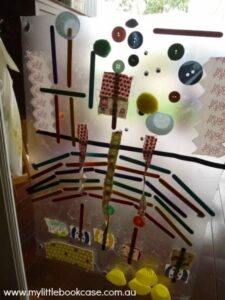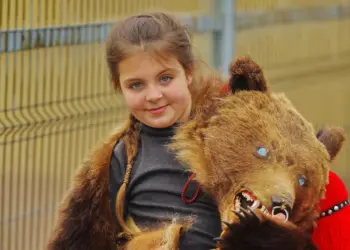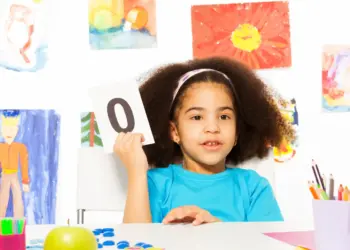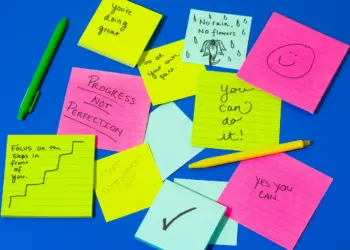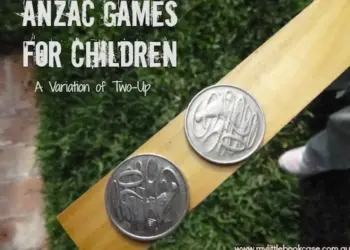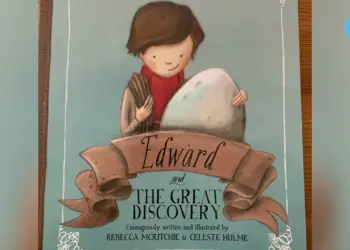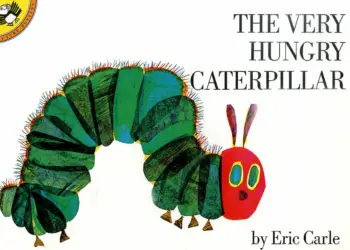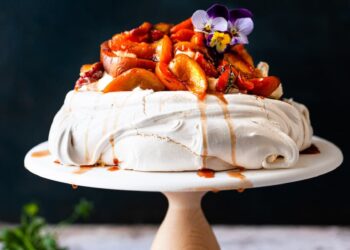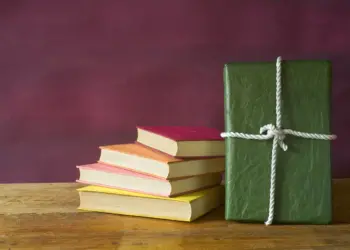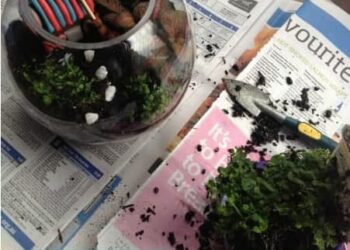A sticky board is a great tool for stimulating your child’s storytelling. They help children to develop characters and settings.
Felt boards are great too, but children are restricted by pre-determined themes and shapes.
A sticky board allows children to manipulate a range of materials (in a range of sizes, colors, and textures) and invites them to use their imagination in deciding how the materials will be used.
What is even more wonderful for parents is that this activity is easy and quick to set up, and will keep your children engaged for hours, even days…..until the paper loses its stick.
Getting started:
1) Attach some contact paper (sticky-backed paper) to a window or wall. Ensure the sticky side is facing out (I just use blu-tack to attach it to my window)
2) Provide your child with a range of materials. Start by using loose bits and pieces you have accumulated. Some suggestions are listed below:
- Icy pole sticks
- Ribbons and fabrics
- Pom poms
- Buttons
- Pipe cleaners
- Straws
- Cupcake paper cases
- Googly eyes
- Bottle tops
3) Let your child work alone. Before you know it (and possibly unknowingly) they will be creating characters and setting a scene for a story.
4) Children may begin telling a story independently as they create. Otherwise, you might like to begin a story with the characters and scenes they have created.
5) Once the ball is rolling, the story will most probably pick up momentum and become a wild and wonderful narrative.
The image above is of Cam’s final scene. It changed numerous times throughout the day, but her story went something like this:
Handsome and Anya chased each other through the garden.
They saw a rainbow and followed it.
It took them into a forest.
They saw a house made of lollipops and popcorn. Handsome told Anya to eat it.
A witch with a green face told them to stop eating at her house. She tried to catch them.
A friendly fairy saved them.
They had a shower and went home.




